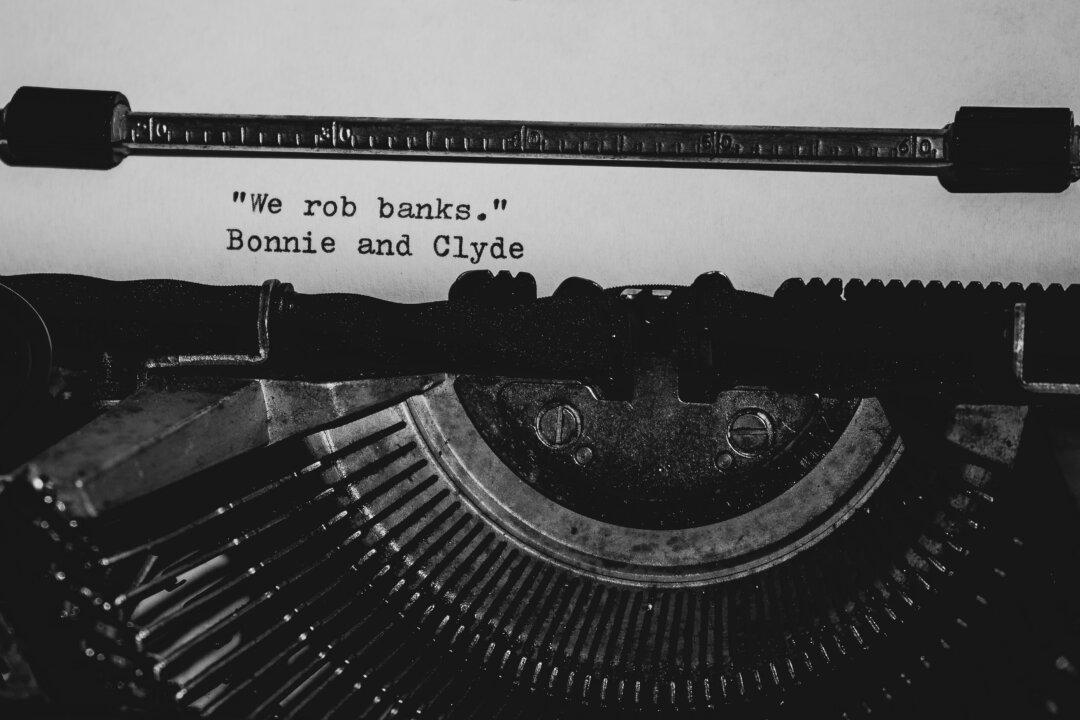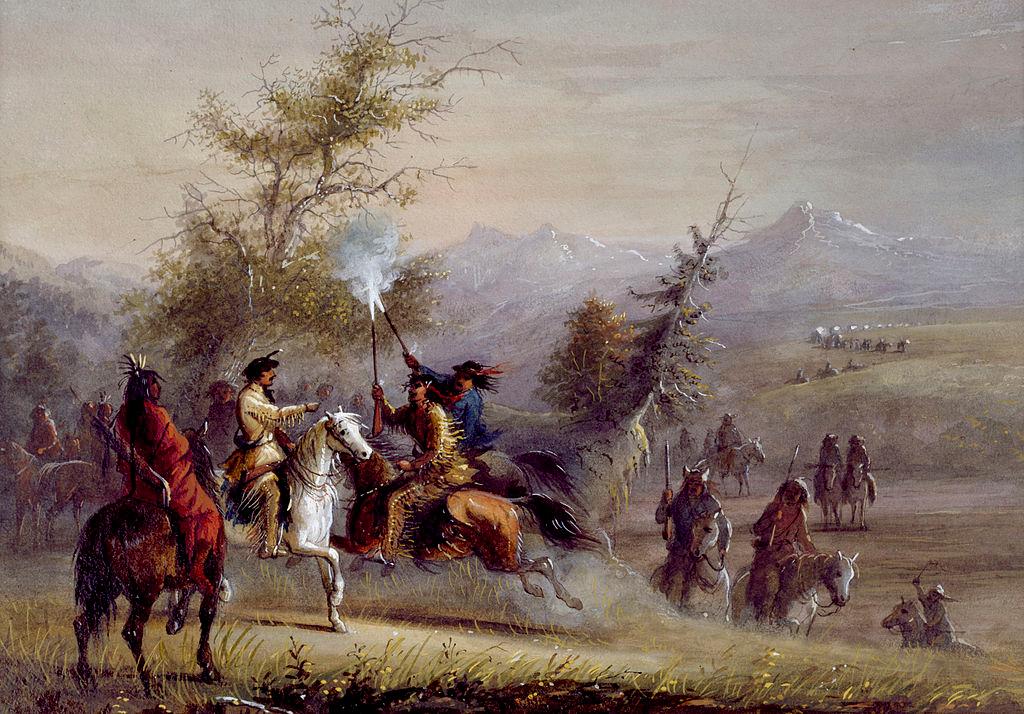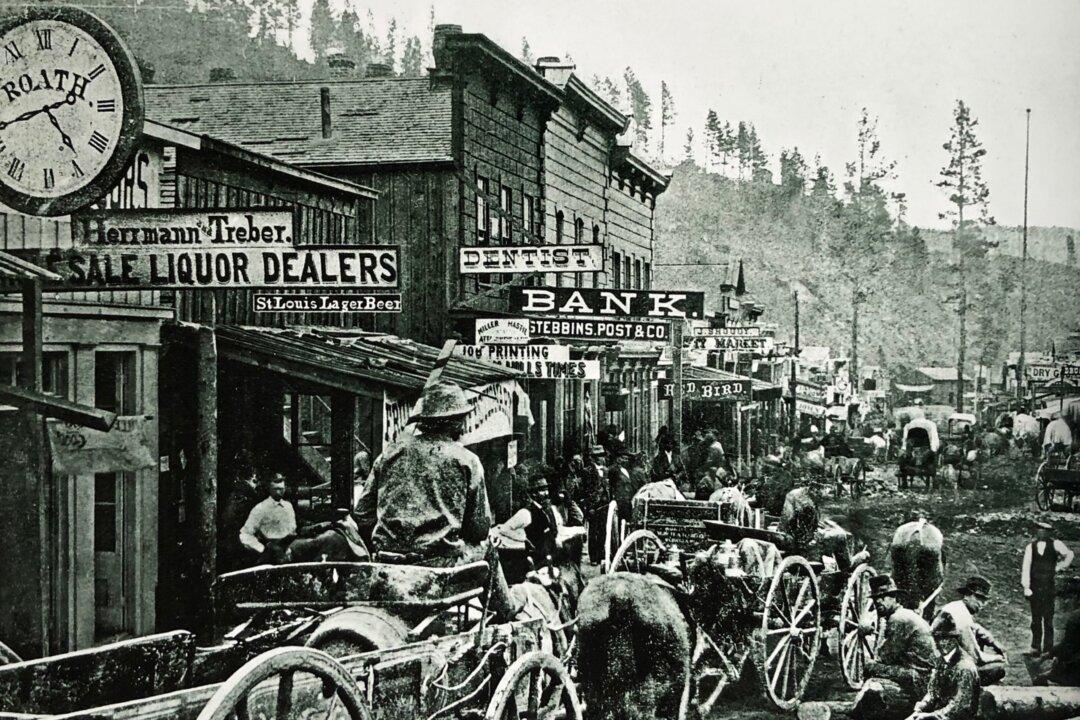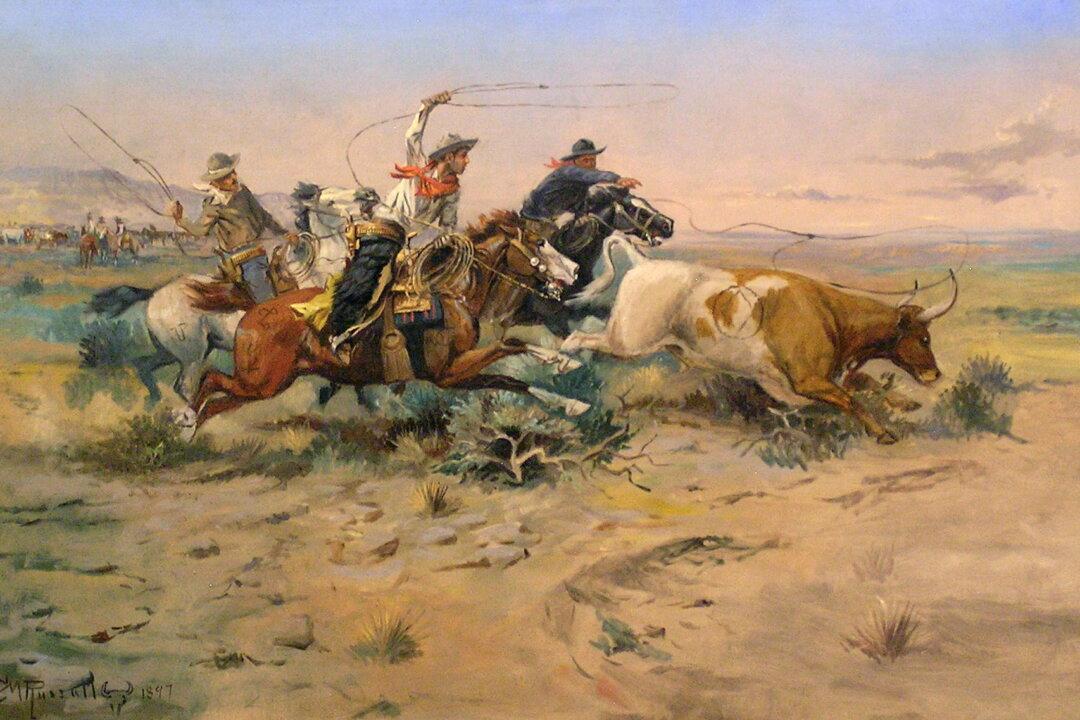Frank Hamer was once asked how he felt about the 52 gunfights he was alleged to have participated in throughout his 45 years as a Texas lawman—and the 30 dead men these violent clashes accounted for.
“The men I have shot down have all been criminals in the act of committing a crime or resisting arrest,” Hamer replied. “I’m hired to do that work. It’s my job. I do it because I have to. I don’t like to talk about it or think about it. It’s something to be forgotten.”




